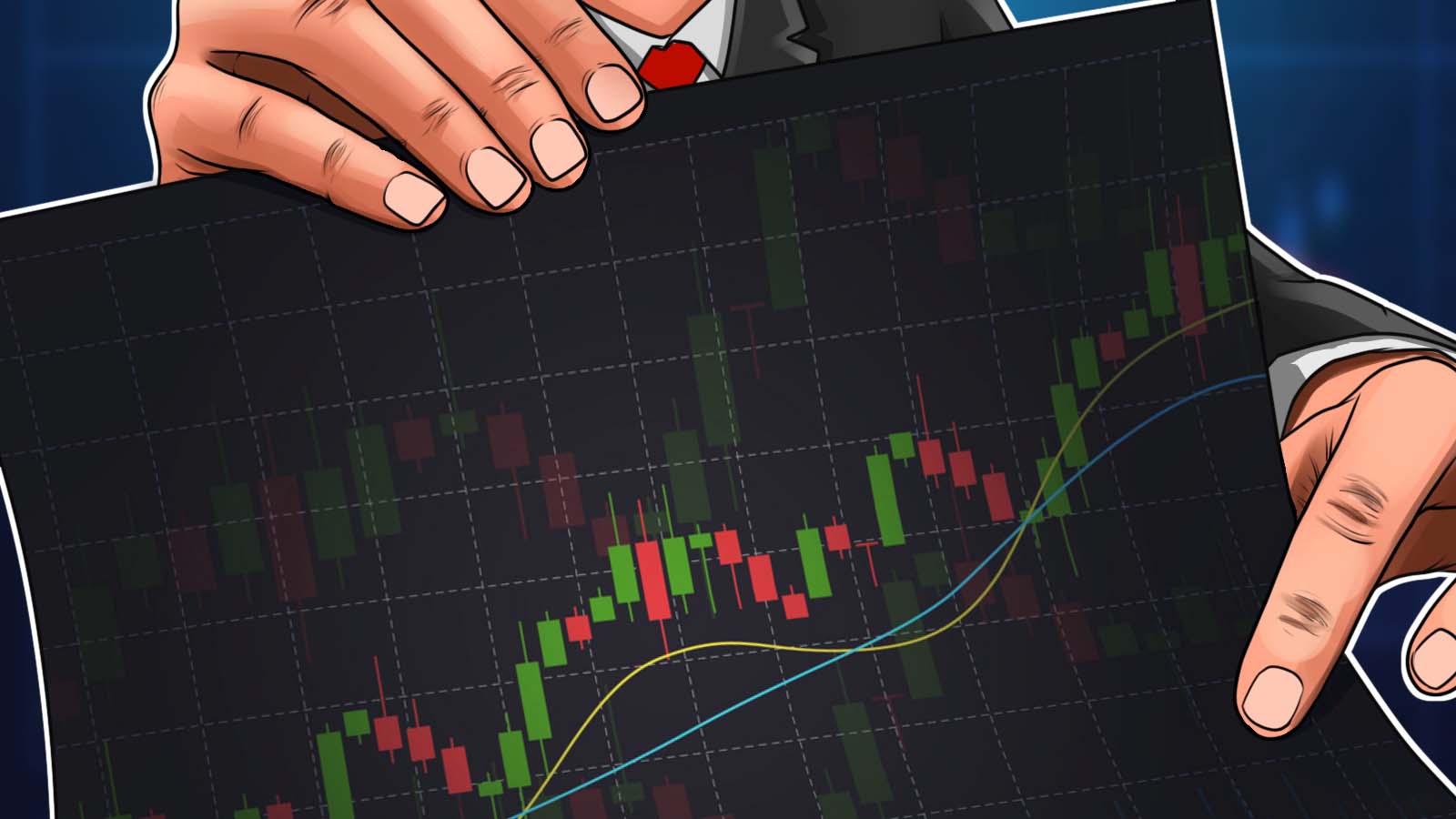As the world of finance becomes increasingly complex and competitive, traders are constantly seeking ways to gain an edge in the market. One powerful tool that has emerged in recent years is backtesting. This method allows traders to evaluate the performance of their trading strategies by analyzing historical data and simulating trades. By doing so, traders can identify strengths and weaknesses in their strategies and make necessary adjustments before risking real capital in the market.
In this blog post, we will delve into the concept of backtesting, its significance in evaluating trading strategies, and how it can be used effectively in financial markets. We will also explore common pitfalls and challenges that traders may face when using backtesting and provide real-world examples of its applications. So let’s dive in and discover the power of backtesting in trading.
Delving into the Concept of Backtesting: What It Is and Why It Matters
Backtesting is a process of evaluating a trading strategy by applying it to historical market data. This allows traders to see how the strategy would have performed in the past and assess its potential for future success. The concept of backtesting has been around for decades, but with the advancement of technology and availability of historical data, it has become more accessible and widely used in recent years.
The main purpose of backtesting is to identify the strengths and weaknesses of a trading strategy. By simulating trades on past data, traders can see how their strategy would have performed under different market conditions. This helps them to refine their strategy and make necessary adjustments to improve its performance.
The Significance of Historical Data in Backtesting: A Foundation for Strategy Evaluation
Historical data is the foundation of backtesting. Without accurate and reliable data, the results of backtesting would be meaningless. Traders need to have access to high-quality data from reputable sources to ensure the accuracy of their backtesting results.
There are various sources of historical data available, such as financial databases, trading platforms, and third-party providers. Traders should carefully select their data source based on the assets they trade and the time frames they use in their strategies. It is essential to have a large enough sample size of data to accurately reflect market conditions and avoid biased results.
Traders should also be aware of any potential data limitations or biases that may affect their backtesting results. For example, some data sources may not include certain market events or may have gaps in data due to technical issues. It is crucial to understand the limitations of the data used in backtesting to avoid drawing incorrect conclusions about the performance of a strategy.
Choosing Assets and Time Frames: Tailoring Backtesting to Specific Strategies
One of the key decisions traders need to make when backtesting is selecting the assets and time frames to use in their analysis. This decision will depend on the specific trading strategy being evaluated and the goals of the trader.
Asset Selection: Considerations for Backtesting
When selecting assets for backtesting, traders should consider the following factors:
- Market liquidity: Highly liquid assets tend to have more accurate and reliable data, making them ideal for backtesting.
- Volatility: Traders should choose assets with a reasonable level of volatility to ensure that their strategy can perform well under different market conditions.
- Correlation: It is essential to select assets that are not highly correlated to avoid biased results. For example, if a trader only backtests their strategy on one stock, the results may not accurately reflect its performance in a diversified portfolio.
Traders should also consider the type of assets they are trading, such as stocks, currencies, commodities, or derivatives, as each may require a different approach to backtesting.
Time Frame Selection: Finding the Right Balance
The time frame used in backtesting is another critical factor that can significantly impact the results. Traders should consider the following when selecting a time frame for backtesting:
- Trading frequency: If a trader is using a high-frequency trading strategy, they may need to use shorter time frames in their backtesting to accurately reflect their trading style.
- Market conditions: Different time frames may perform better under different market conditions. Traders should consider the current market environment and select a time frame that reflects it.
- Data availability: Some data sources may have limitations on the length of historical data available. Traders should ensure that they have enough data to accurately backtest their strategy.
Finding the right balance between asset selection and time frame selection is crucial in backtesting. Traders should carefully consider their strategy and goals to determine the most suitable assets and time frames for their backtesting analysis.
Performance Metrics: Measuring the Success of Trading Strategies Through Backtesting
Once traders have selected their assets and time frames and completed their backtesting analysis, the next step is to measure the performance of their strategy. This can be done through various performance metrics, which provide valuable insights into the success of a trading strategy.
Common Performance Metrics Used in Backtesting
- Profit and Loss (P&L): This metric measures the overall profitability of a trading strategy by calculating the difference between the total gains and losses.
- Win/Loss Ratio: This metric compares the number of winning trades to the number of losing trades. A higher win/loss ratio indicates a more successful strategy.
- Risk-Adjusted Return: This metric takes into account the level of risk involved in a trading strategy and compares it to the potential return. It helps traders to evaluate the risk-reward ratio of their strategy.
- Sharpe Ratio: This metric measures the risk-adjusted return of a strategy and compares it to a risk-free investment. A higher Sharpe ratio indicates a more efficient use of risk in generating returns.
Traders should carefully consider which performance metrics are most relevant to their strategy and goals. It is also essential to track these metrics over time to monitor the performance of a strategy and make necessary adjustments.
The Importance of Benchmarking in Performance Evaluation
Benchmarking is another crucial aspect of performance evaluation in backtesting. This involves comparing the results of a trading strategy to a benchmark, such as a market index or a similar strategy. Benchmarking provides a point of reference for traders to assess the success of their strategy and identify areas for improvement.
Traders should carefully select an appropriate benchmark that reflects the characteristics of their strategy. For example, if a trader is using a long-term investment strategy, they may compare their results to a market index rather than a short-term trading strategy.
Risk Assessment: Uncovering Hidden Vulnerabilities Through Backtesting
One of the significant benefits of backtesting is its ability to uncover hidden vulnerabilities in a trading strategy. By simulating trades on historical data, traders can identify potential risks and weaknesses that may not be apparent in real-time trading.
Identifying Risk Factors in Backtesting
There are several risk factors that traders should consider when backtesting their strategies:
- Market conditions: Traders should evaluate how their strategy performs under different market conditions, such as bull and bear markets.
- Volatility: High levels of volatility can significantly impact the performance of a trading strategy. Traders should assess how their strategy performs during periods of high volatility.
- Drawdowns: Drawdowns refer to the peak-to-trough decline in the value of a portfolio. Traders should analyze the drawdowns in their backtesting results to understand the potential risks involved in their strategy.
- Leverage: If a trading strategy involves the use of leverage, it is essential to assess its impact on the overall performance and risk of the strategy.
By identifying these risk factors in backtesting, traders can make necessary adjustments to their strategy to mitigate potential risks and improve its overall performance.
Stress Testing: Preparing for Worst-Case Scenarios
Stress testing is a form of risk assessment that involves simulating extreme market conditions to evaluate the robustness of a trading strategy. This can help traders to identify potential vulnerabilities in their strategy and prepare for worst-case scenarios.
Traders can use historical data to simulate events such as market crashes or economic downturns and assess how their strategy would perform under these conditions. By doing so, they can make necessary adjustments to their strategy to ensure it can withstand unexpected market events.
Optimization Techniques: Refining Strategies Through Backtesting Analysis
Backtesting not only helps traders to evaluate the performance of their strategies but also provides opportunities for optimization. By analyzing the results of backtesting, traders can identify areas for improvement and refine their strategies to achieve better results.
Common Optimization Techniques Used in Backtesting
- Parameter Optimization: This involves adjusting the parameters of a trading strategy, such as entry and exit points, to improve its performance.
- Strategy Diversification: Traders may use backtesting to identify additional assets or time frames that can be added to their strategy to improve its performance.
- Risk Management: Backtesting can help traders to assess the level of risk involved in their strategy and make necessary adjustments to manage it more effectively.
It is essential to note that optimization techniques should be used carefully and with caution. Over-optimization can lead to biased results and may not accurately reflect the performance of a strategy in real-time trading.
The Role of Automation in Backtesting: Streamlining Strategy Evaluation
With the advancement of technology, backtesting has become more accessible and efficient through automation. Automated backtesting allows traders to quickly analyze large amounts of data and test multiple strategies simultaneously.
Automated backtesting also reduces the potential for human error and provides more accurate and reliable results. It also allows traders to backtest their strategies in real-time, providing a more realistic evaluation of their performance.
However, it is essential to note that automation should not replace human judgment in backtesting. Traders should carefully review the results and use their expertise to make necessary adjustments to their strategies.
Common Pitfalls and Challenges: Navigating the Roadblocks of Backtesting
While backtesting can be a powerful tool for traders, there are also some common pitfalls and challenges that they may face when using this method. It is essential to be aware of these roadblocks and take necessary precautions to avoid them.
Data Bias: The Danger of Overfitting
One of the most significant risks in backtesting is data bias, also known as overfitting. This occurs when a trading strategy is too closely tailored to historical data, resulting in biased results that may not reflect its performance in real-time trading.
Traders should be cautious when optimizing their strategies and ensure that they do not overfit their models to past data. One way to avoid overfitting is by using out-of-sample testing, where a portion of the data is reserved for testing purposes and not used in the optimization process.
Unrealistic Assumptions: The Limitations of Backtesting
Backtesting relies on several assumptions, such as perfect execution, no slippage or transaction costs, and availability of historical data. In reality, these assumptions may not hold true, and the results of backtesting may not accurately reflect the performance of a strategy in real-time trading.
Traders should be aware of these limitations and use backtesting as one tool in their overall strategy evaluation process. It is crucial to combine backtesting with other forms of analysis, such as forward testing and live trading, to get a more comprehensive understanding of a strategy’s performance.
Real-World Applications: Unleashing the Power of Backtesting in Financial Markets
Backtesting has become an essential tool for traders in financial markets, and its applications are vast. Here are some real-world examples of how backtesting is used in different markets:
- Stock Trading: Traders can use backtesting to evaluate the performance of their stock trading strategies and identify potential opportunities for optimization.
- Forex Trading: Backtesting is widely used in forex trading to test different currency pairs and time frames and refine trading strategies.
- Options Trading: Traders can use backtesting to assess the performance of options trading strategies and identify potential risks and opportunities.
- Cryptocurrency Trading: With the rise of cryptocurrencies, backtesting has become a popular method for evaluating trading strategies in this market.
Conclusion
Backtesting is a powerful tool that allows traders to evaluate the performance of their trading strategies and make necessary adjustments to improve their results. By using historical data, traders can identify strengths and weaknesses in their strategies and optimize them for better performance.
However, it is essential to be aware of the limitations and potential pitfalls of backtesting and use it as one tool in a comprehensive strategy evaluation process. With proper data selection, risk assessment, and optimization techniques, backtesting can be a valuable tool for traders in navigating the complex and competitive world of financial markets.




